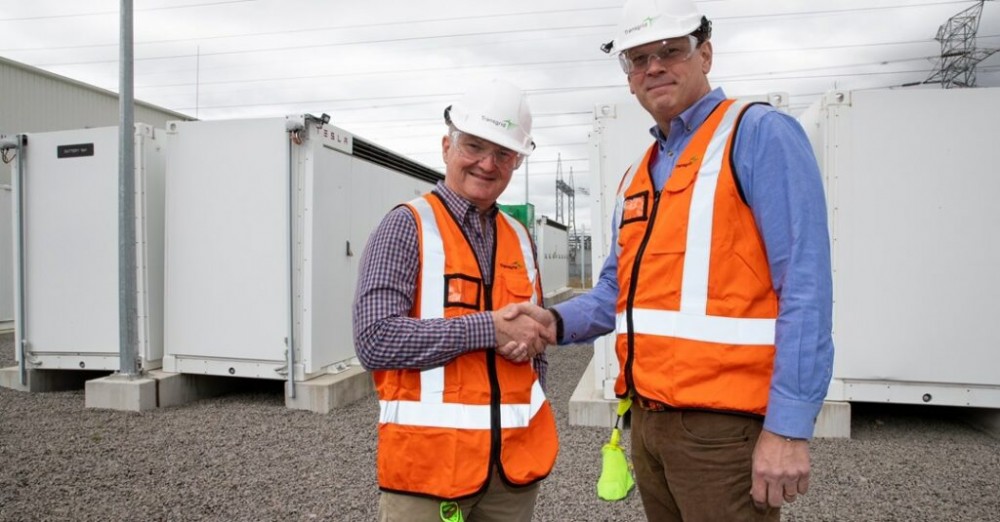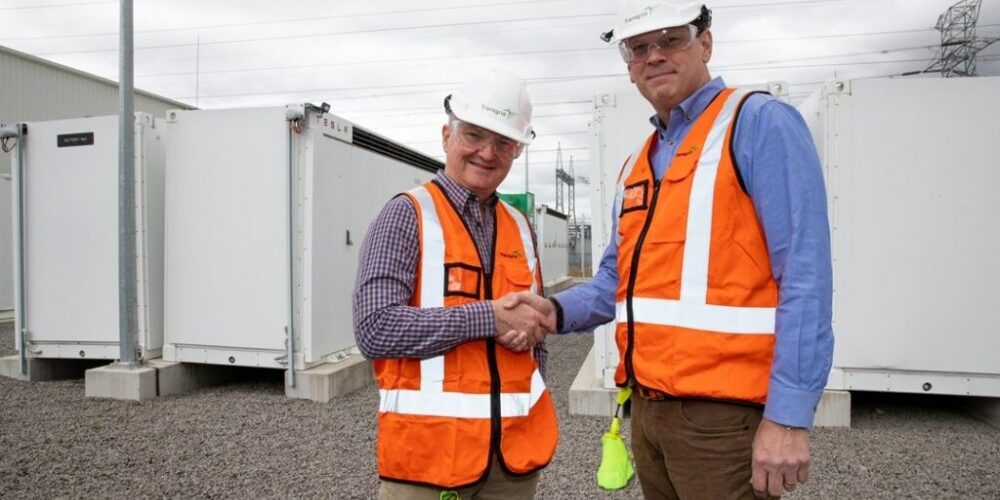
The government of New South Wales (NSW) has pledged financial support to a pumped hydro project, while the state’s first grid-scale battery system has entered full commercial operations.
The NSW Minister for Energy Matt Kean and Minister for Lands and Water Kevin Anderson issued a joint statement yesterday, announcing AU$7 million (US$4.66 million) funding for feasibility studies for Phoenix Pumped Hydro.
If built, the project would be an 810MW pumped hydro energy storage (PHES) system with 12 hours storage duration, meaning roughly 9,720MWh of capacity. It would be built at Burrendong Dam, an inland dam which currently provides irrigation, flood mitigation, water supplies and 19MW of run-of-river hydroelectric power generation.
Phoenix Pumped Hydro would also sit within NSW’s Central-West Orana Renewable Energy Zone (REZ), where about 3GW of renewable energy facilities are planned for deployment by the middle of this decade. With that figure derived from the 2022 Integrated System Plan roadmap produced by the Australian Energy Market Operator (AEMO), the planned capacity could be increased if appropriate.
Central-West Orana REZ was actually Australia’s first declared REZ plan, at a location chosen by the state government after a geospatial mapping exercise in 2018. It has of course been since joined by REZ developments in most of the country’s six federated states and two internal territories.
The NSW government has said it anticipated the REZ would bring some AU$5 billion investment into the Central-West Orana Region by 2030, while a first registration of interest round in June 2020 received 113 submissions from developers representing a total 27GW of projects.
Funding pledged will come through New South Wales’ Pumped Hydro Recoverable Grants Program, which the state government has deemed a key aspect of its own Electricity Infrastructure Roadmap. The scheme opened with AU$50 million funding available, but the government topped that up this year with a further AU$24 million.
The government considers that pumped hydro offers an effective and proven long-duration energy storage (LDES) technology to help integrate renewable energy and keep networks stable. The programme, for which applications are now closed, offers recoverable grants for pre-investment activities.
Recipients must match or better the grant themselves, with the grant repayable on the achievement of financial close.
To be eligible, projects had to be of at least 30MW and up to 3GW, with at least 8-hour duration, but with preference shown for projects with more than 12-hour duration and need to be in operation by 31 December 2029.
“Pumped hydro acts like a giant battery for the electricity system. It works by using surplus renewable energy to pump water up a hill when it is sunny and windy, and releasing the water back down the hill through giant turbines that create electricity when it is still and dark,” energy minister Matt Kean said.
“Bringing the grant funding and development access together will play a key role in fast-tracking the development of pumped hydro, which will be critical to replace our ageing coal fire power stations.”
Funds will also come from the Renewable Energy and Energy Storage Program hosted by state water company WaterNSW. WaterNSW opened the programme in 2020, seeking proposals for pumped hydro projects at Burrendong Dam and at another site, Windamere.
WaterNSW handed a development agreement to ACEN Australia, the regional subsidiary of Philippines holding company Ayala Group’s energy business ACEN. Meanwhile, the water company is evaluating proposals for projects at other dam sites, and is expected to announce any successful applicants next year.
Wallgrove BESS providing ‘critical learnings’
Elsewhere in NSW, Transgrid, operator of the high voltage electricity network in New South Wales and the Australian Capital Territory (ACT), said at the weekend that its first large-scale battery energy storage system (BESS) “paved the way,” for future developments.
Transgrid’s 50MW/75MWh Wallgrove BESS project was chosen as the site for the announcement of government funding for eight BESS projects, through the Australian Renewable Energy Agency (ARENA).
As reported by Energy-Storage.news, ARENA is offering AU$176 million financial support to the 4.2GWh of projects, which will be equipped with advanced inverter technologies that can deliver inertia – a key grid-stabilising service that historically has been done by thermal power plants (as well as hydroelectric plants).
With the need to rely more on renewables and less on fossil fuels apparent, battery storage can deliver a kind of synthetic inertia, injecting or absorbing power to stabilise the operation of the grid in real-time.
While the country’s first BESS project to deliver that service went into action in 2018 in South Australia, Transgrid CEO Brett Redman noted nonetheless that as one of Australia’s earliest examples, and the first in NSW, learnings from operating Wallgrove will provide valuable lessons.
“Our trial of network services like synthetic inertia paved the way for this next generation of batteries and will provide critical learnings while also delivering grid stability at a lower cost for consumers,” Redman said.
“Inertia is like riding a bike, when you take your feet off the pedals it keeps rolling, but not for long, which is why we need to maintain inertia in our energy system to keep it operating.
“Currently synchronous generators or condensers can deliver inertia for stability, but batteries can also provide a greater range of benefits at a lower overall cost. They can also store excess renewable energy and then release it when consumers need it to help keep energy prices down.”
Like the Hornsdale Power Reserve, another South Australian BESS that provides synthetic inertia, Wallgrove BESS was retrofitted with advanced inverters post-COD. What Wallgrove also has in common with Hornsdale is that the BESS provider was Tesla.
Tesla’s Megapack BESS solution has a ‘Virtual Machine Mode’ setting for delivering synthetic inertia. Meanwhile, Spanish power company Iberdrola executed the project, together with Transgrid and its commercial arm, Lumea.






